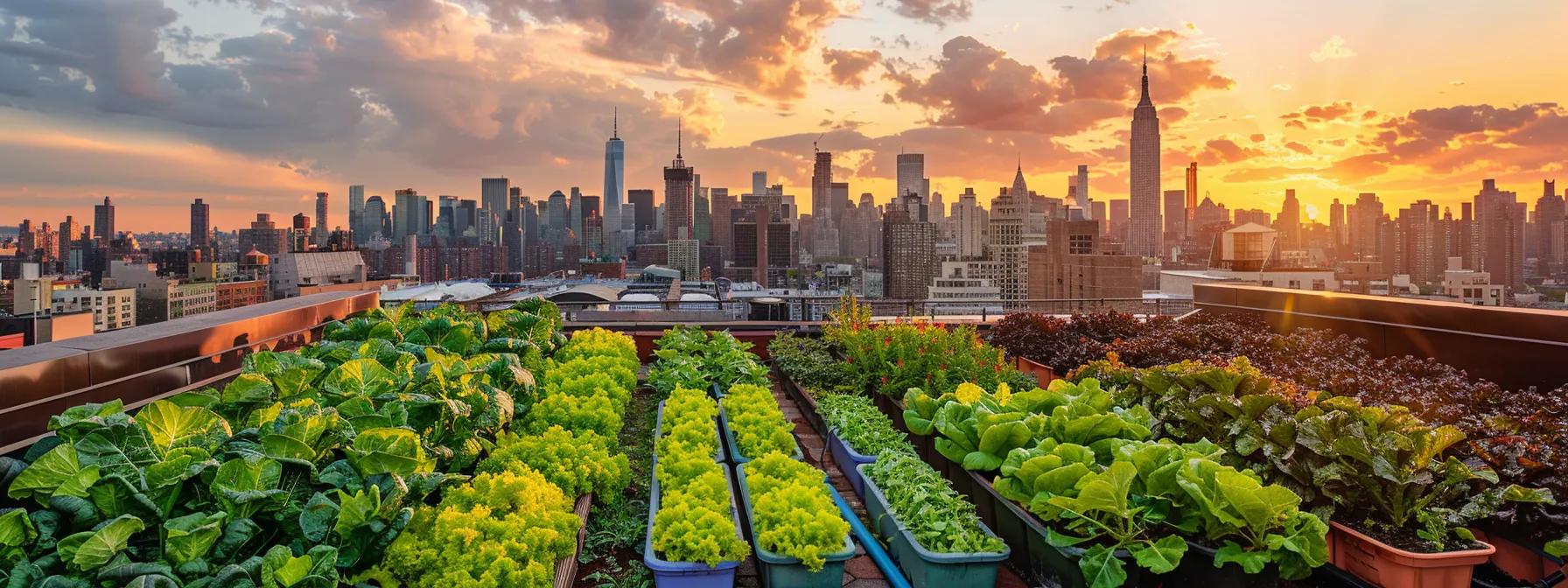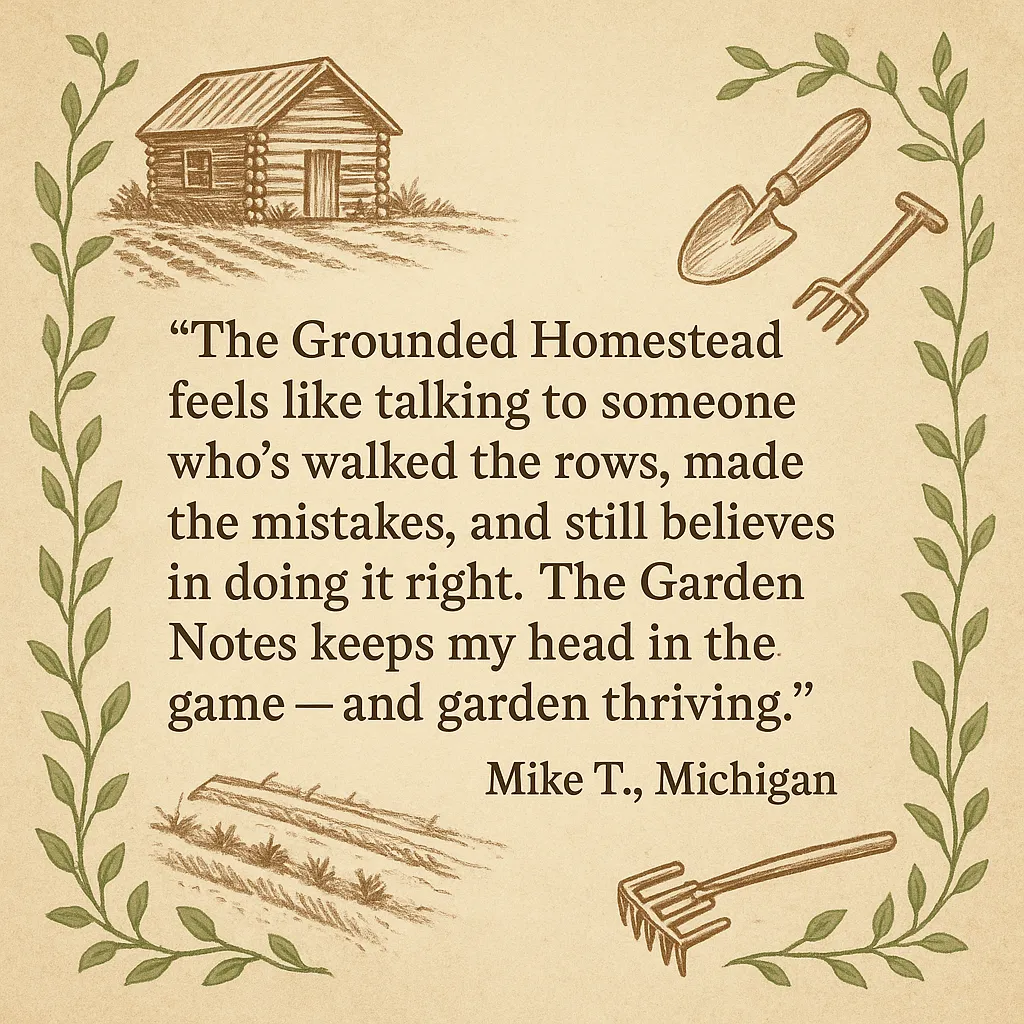
Lettuce 101: How to Grow Crisp, Clean Greens Anywhere
Lettuce 101: How to Grow Crisp, Clean Greens Anywhere
I didn’t like salad until I grew my own.
That first batch of butterhead, pulled straight from the soil and rinsed under the hose, changed everything. It was cool, tender, and full of flavor—nothing like the bland, bagged stuff from the store. Grandma always said, “Grow what you’ll actually eat,” and lettuce quickly earned its place at the top of my grow list.
If you’re looking for a quick win in the garden—something you can plant just about anywhere and start harvesting in a few short weeks—this is it.
1. Choose Your Type: Find Your Lettuce Personality
Lettuce isn’t one-size-fits-all. Each type has its own strengths:
Loose-leaf (e.g., Black Seeded Simpson): Fast, forgiving, and perfect for cut-and-come-again harvesting.
Butterhead (like Bibb or Boston): Soft, buttery texture. A favorite for wraps and sandwiches.
Romaine (e.g., Parris Island Cos): Tall, crisp, and ideal for hearty salads.
Crisphead (Iceberg types): Compact and crunchy, but more challenging to grow—best suited for cooler regions.
💡 Bolt-Resistant Varieties: If you’re in a hot zone, look for heat-tolerant or bolt-resistant seeds.
🧬 Heirloom vs. Hybrid: Heirlooms offer flavor and seed-saving potential. Hybrids may grow faster or resist disease better. You don’t need to pick a side—try both and see what thrives.
2. Timing Matters: Lettuce Loves the Cool
Lettuce is a cool-season crop, happiest between 45–70°F. Once the heat kicks in, it tends to bolt—that’s when it shoots up a central stalk and turns bitter.
⏰ Here’s how to time it right:
Start Indoors: 4–6 weeks before last frost, especially in Zones 3–6.
Direct Sow: As soon as soil is workable (typically 2–4 weeks before last frost).
Fall Planting: Sow again 6–8 weeks before your first expected frost.
🌱 Zone Tip: In Zones 7–10, you can often grow lettuce straight through the winter with just a little help.
Extend the Season with:
Shade cloths in late spring
Cold frames or low tunnels in fall
Indoor trays with grow lights for year-round baby greens
Grandma used to say, “When your coat’s on the hook, get the lettuce in the ground.” That early window makes all the difference.
3. Soil & Setup: Build the Bed They Love
Shallow roots mean you don’t need deep beds—but you do need loose, fertile soil.
Ideal Setup:
Soil depth: 6–8 inches is plenty
Texture: Loose, loamy, and drains well
pH: Between 6.0 and 6.5
Feeding: Compost-rich soil is perfect. Go easy on nitrogen—too much leads to floppy, weak leaves.
Container-Friendly:
Lettuce thrives in:
Raised beds
Grow bags or buckets
Gutter gardens mounted on fences or walls
🪴 It’s one of the easiest crops for small spaces—great for porches, patios, or apartment balconies.
Companion Planting:
Plant with: Radishes, carrots, onions, calendula
Avoid: Broccoli and cabbage (they hog nutrients)
🔄 Crop Rotation: Don’t plant lettuce in the same bed two seasons in a row. Rotate with legumes or root crops to keep pests down and soil fresh.
“Feed the soil, not just the seed,” Grandma would remind me. Rich soil is the quiet secret to crisp greens.
4. Spacing & Thinning: Give ‘Em Elbow Room
It’s tempting to over-seed, but overcrowded lettuce won’t thrive. Give your plants the space they need to grow healthy heads or full leafy crowns.
Sowing Tips:
Seed depth: Just barely cover (⅛–¼")
Germination temp: 60–65°F is ideal
Thin seedlings once they’re 1–2 inches tall
Final Spacing:
Loose-leaf: 4–6"
Butterhead & romaine: 6–8"
Crisphead: 10–12"
🚜 Don’t toss thinned starts—transplant them! That’s how I get an early second wave without extra seed.
Succession Planting:
For fresh harvests all season, sow a new row every 2–3 weeks. Three or four staggered waves will keep salads on the table through spring and fall.
“Every row you stagger is a week you get to eat,” Grandma said. She wasn’t wrong.
5. Watering & Heat Tips: Keep It Cool and Crunchy
Lettuce needs steady, even moisture to stay tender and sweet. Stress—especially from heat or dry soil—leads to bitterness and early bolting.
Best Practices:
Water early in the day
Avoid wetting leaves late (reduces mildew risk)
Mulch lightly with straw or leaves to retain moisture
Watch for stress signs: Leaf curl, pale tips, or bitterness
Combat Heat:
Use shade cloth
Grow between taller plants like beans or sunflowers
Harvest early in the morning for the best flavor
If your lettuce starts to bolt, let one plant go to seed. You’ll get next year’s supply—for free.
6. Cut-and-Come-Again: Harvest Without Killing the Plant
Lettuce can be harvested multiple times—if you cut it the right way.
How to Harvest:
Wait until leaves are 4–6" tall
Cut outer leaves first, leaving the center intact
Snip about 1–2” above the crown
Let the plant rest and regrow for 1–2 weeks
Which Types Regrow Best:
Loose-leaf: Strong regrowers
Butterhead & romaine: Can tolerate cut-and-come-again in early stages
Crisphead: Best harvested whole
Harvest early in the day for crisp, cool leaves that last longer in the fridge.
7. Common Issues: Slugs, Mildew, and Bolting
Lettuce is relatively easy, but these are the top problems I’ve run into:
🐌 Slugs & Snails
Use beer traps
Lay down crushed eggshells or diatomaceous earth
Try copper tape around containers
🌫️ Mildew
Improve airflow between plants
Water in the morning only
Avoid crowding
🌼 Bolting
Common in heat or long days
Signs: Tall central stalk, milky sap, bitter leaves
You can’t fix it—just pull and replant
“If the bugs beat you twice, try a new spot,” Grandma always said—and she was usually right.
Closing: From Seed to Salad—Grow What You’ll Eat
Lettuce grows fast, needs little space, and gives back within weeks. Whether you’re planting a row in your raised bed or filling a few pots on your balcony, it’s one of the easiest ways to put real food on your plate—fast.
Start with one pack of seed. One pot. One row. And don’t be surprised when you start craving salad for breakfast.
“Provision often starts in a patch of dirt.”
You just have to plant it.
🔖 Want More?
Download these free tools to take your lettuce growing to the next level:
✅ Printable Zone-Based Lettuce Planting Calendar
✅ Cut-and-Come-Again Harvesting Diagram
✅ 5 Homegrown Salad Mix Recipes


Facebook
Instagram
X
Youtube